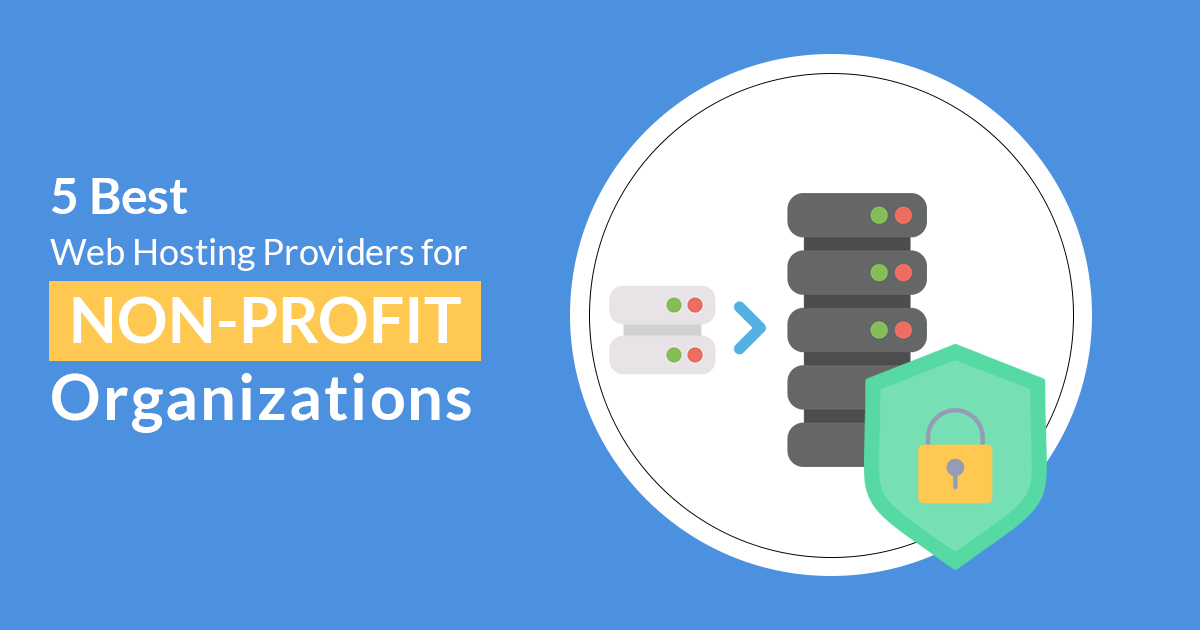How to Measure Customer Satisfaction in 6 Easy Steps

Nowadays, you must have come across certain companies that are way too flexible in terms of return policy than their previous ones would ever be. And by flexibility, I not only mean customers can return the product with ease if they are not satisfied with but can even do so when the product is opened and consumed. But doesn’t this type of policy cost more? Of course, it does but customer satisfaction programs such as these pay much more than what you invest in them thus, as a result, end up earning more revenue for the business.
What is Customer Satisfaction?
Basically, a critical concept for professionals associated with Customer Relationship Management to understand and live by, Customer satisfaction is the measurement of customers’ expectations and satisfaction whenever he/she interacts with any company’s product, service or experience. In other words, it’s the description of an exchange between the company’s brand and the fulfillment of the needs and expectations of its user in terms of quality and service when compared to the price paid.
Why is Customer Satisfaction so Important?
Measurement of customer satisfaction is highly important for your business as it not only helps to identify and separate satisfied customers from the unsatisfied ones but also allows you to take certain steps by analyzing their feedback and making necessary changes to your products and services in order to make them happy.
How to Measure Customer Satisfaction?
Measuring customer satisfaction might not be as easy as you think because of a simple fact that most customers prefer keeping it to themselves when satisfied. And the reverse is true too, there are many who won’t complain in case of a bad service. The central strategy to help resolve these issues involve setting certain standards and improving employee-customer relationships in order to successfully measure customer satisfaction. Let’s have a look at some such metrics.
1. Customer Surveys
Unless and until your customers start contacting you on their own (which is highly unlikely as people generally are busy and have little to no time left for them), surveying customers is the only probable way of getting customer feedback. Some of the ways you can pull survey campaigns is-
a) Remain unbiased throughout.
b) Keep your rating scales consistent and transparent.
c) Keep questions relevant to customer loyalty.
d) Ask clever questions that should be short and precise.
2. The Service Delivery Speed
Support rates may vary depending on the type of products or services one provides. Usually, the standard response time for delivering the support service from the time the complaint was received should be under 24 hours. There are 3 stages you should keep in mind in order to inquire after the speed of service where a customer might experience service such as before purchase, during purchase and after purchase.
3. Customer Loyalty
Measuring loyalty is often a combination of certain measures such as the overall satisfaction rate, the probability of repurchasing and the possibility of recommending the brand to others. By asking the following questions, you can easily measure the loyalty level among your existing customers –
a) Are you satisfied with our brand and if yes, then how much?
b) What are the possibilities of you continuing to choose our brand in the future?
c) Will you recommend our brand to your friends and family members?
4. Giving Feedback Voluntarily
Now I am not talking about customer surveys here, what I am talking is offering your customers a way to speak up for their own violations. How? You can initiate by dedicating an email support service or a comment box for customers to interact.
However, don’t expect feedbacks immediately as customers often don’t comment due to the fear that the company won’t take it into account or won’t simply care. You can do better than that by incentivizing honest customer involvement to prompt them for voluntary feedbacks.
5. Email Surveys
Conducting surveys through emails is a really good option when you have a broader sense of questions you want to ask your customers. Here you can target in-depth questions to segmented customers based on the issues they are facing. Though this type of surveys has little response rates, whatever results you get from whomever customers that wish to answer will greatly help you to build a constructive feedback.
6. Any Issues Related to Pricing
This one is a pretty basic issue and can be easily handled. All you need to do is to allow your customers a medium to express their views on the prices they have paid for your company’s product or services. This will also include their thoughts on value for money and how they see the pricing compared to the market price.
Conclusion:
Ok, so now I have presented 6 such metrics to track your company’s customer satisfaction rate. Also, I would highly recommend you to put some KPIs around these metrics alongside tracking renewal rates so that you have a much better understanding of exactly how satisfied your customers actually are.





